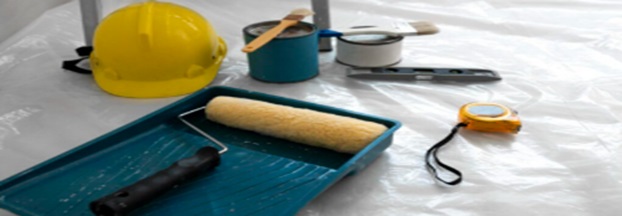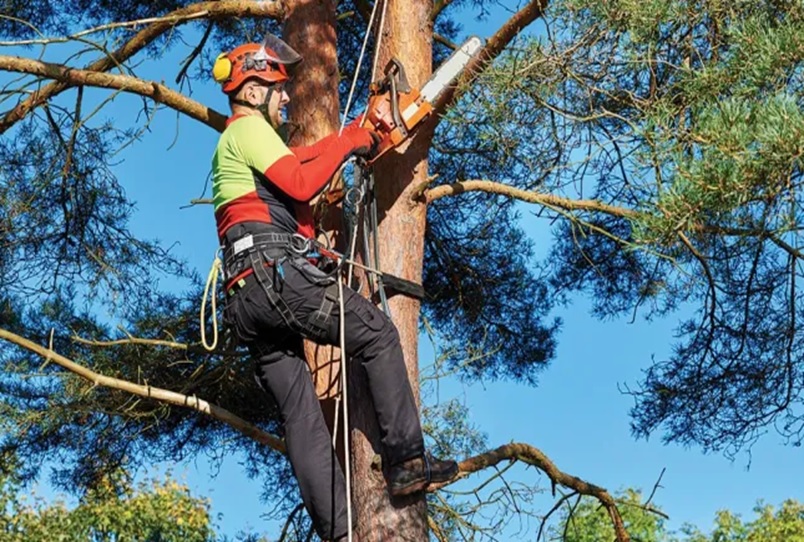Moisture and pest problems are becoming increasingly common and pervasive issues that homeowners have to continually fight. Both of these crises — though too rarely recognized as related issues — are closely intertwined as described by prestopestcontrol.com. As a matter of fact, too much moisture both inside and around a home is the perfect habitat for pests to flourish. Knowing how moisture attracts pests will allow you to guard against them proactively with your home while also preventing the likelihood of moisture-related problems in the future. In this post, we’ll discuss the ways that moisture problems lead to pest infestations in Allentown, and what homeowners can do to eradicate the two together.
How Moisture Attracts Pests
Pests also require water to live, as water is essential to all life forms. If you’ve got water in your home—be it from a leaky pipe, damp basement, or dripping roof—it will give pests the resources they need to breed, feed, or nest. For the truth is, a number of pests are drawn to wet environments, the kind where they can get the humidity they need to live, grow and multiply.
- Cockroaches: This hardy pest is famous for surviving in damp, dark corners. They’re drawn in particular to places like kitchens and bathrooms, where water leaks or humidity provide the ideal environment for them to feed and breed.
- Termites: Termites are attracted to moist, rotting wood. Water-damaged wood, commonly located in basements or walls with plumbing problems, makes an excellent food source for termites, especially subterranean termites, as it gives them the moisture they need to exist.
- Rodents: Mice and rats are always on the prowl for water, and they don’t mind using leaky faucets, open drains, or even just condensation to get their fix. After locating a source of water, they’re likely to be nesting close by and they will create a much bigger infestation problem.
- Mosquitoes: We typically think of mosquitoes as outdoor pests, but these insects can be in your home if they find standing water to lay eggs. Gutters, drains or containers clogged with stale water become mosquito nesting places.
Typical Allentown Home Moisture Issues
Allentown humid summers along with cold, snowy winters can create moisture issues for your home. Old houses in general, are more susceptible to water intrusion old plumbing, leaks in the roof, inadequate insulation. Typical Dampness Issues Found In Allentown Homes Some frequent causes of dampness in Allentown households are:
- Leaking Pipes: Plumbing leaks, whether they’re under sinks, behind walls, or in basements, can last a long time without notice, creating moist environments that attract pests. Moisture also eventually leads to mold and mildew growth, effectively creating an extra pest problem for you.
- Leaking Roofs: Roofs that aren’t properly sealed or have missing or damaged shingles, can let rainwater in. Wood that has been water damaged due to roof leaks is also a wood disaster which leads to termites and other wood destroying insects.
- Basements and Crawl Spaces: Basements and crawl spaces can become the moistest parts of a home due to lack of ventilation, high humidity, or water leakage through the foundation. Basements and crawl spaces that don’t have good waterproofing or dehumidification in place can quickly serve as the perfect breeding grounds for pests—like cockroaches, ants and rodents.
- Clogged Gutters: When filled with leaves, debris or dirt, gutters are unable to carry water away from the foundation. This leads to water collecting at the foundation of the home and ultimately it pushes moisture into the foundation, while pests also find a home in these conditions.
- Condensation: Windows, walls and pipes with condensation can add moisture to the air in your home. Poorly ventilated rooms with high moisture, such as kitchens and bathrooms, are more prone to pests.
By taking steps to manage the moisture problem early on – such as by improving ventilation, fixing any leaks or waterproofing – you may be able to prevent future pest infestations and create a healthier, more comfortable living space.






